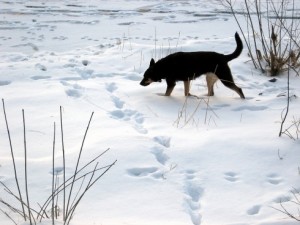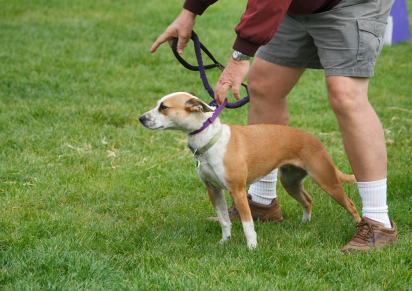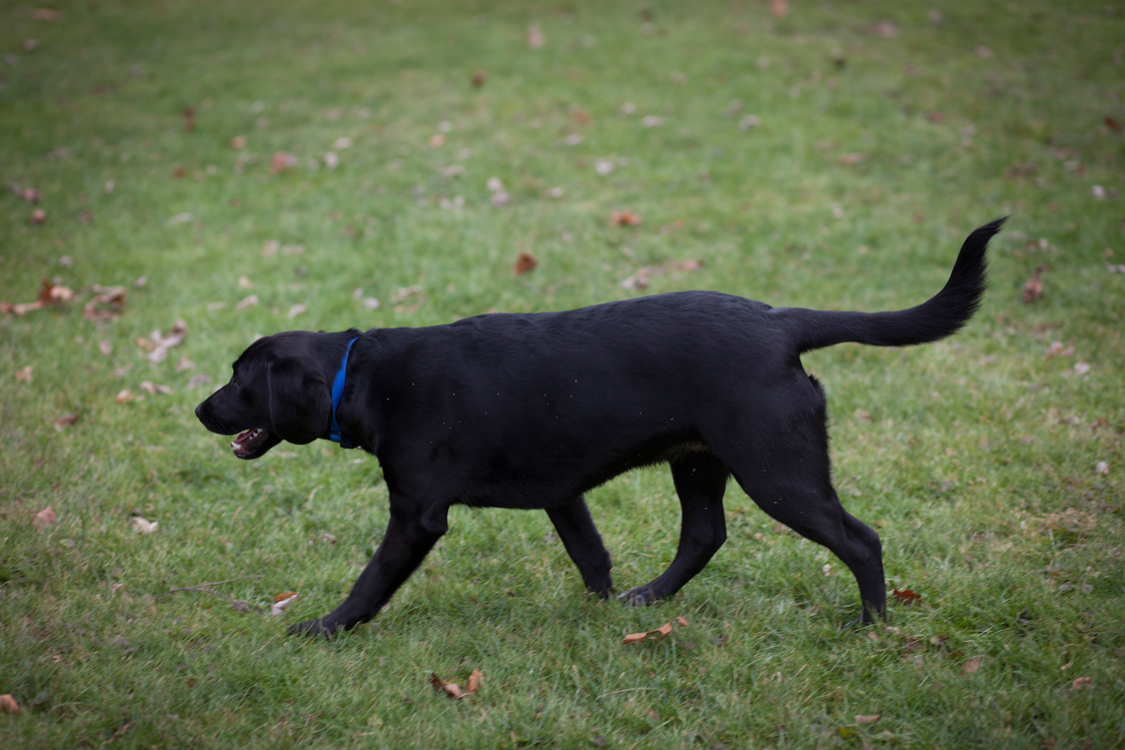
Three Forks, MT – Wildlife biologists have found a new use for the talented detection dogs by using the very thing that makes them so helpful to law enforcement..their nose. Finding animal excrement or scat has become a vital resource to animal biologists and scat-sniffing black Labrador retrievers like Maggie as well as other types of dogs are really good at it. “Dogs like black Labrador retrievers have a phenomenal sense of smell,” said Sam Wasser, director of the Center for Conservation Biology at the University of Washington. Wasser went on to say that scat contains a surprising wealth of genetic information. Scientists can now extract and analyze the DNA contained in animal excrement which has improved our understanding of many species of wild animals’ health, diet, reproduction status and even what toxins an animal may have been exposed to in its environment.
Detection dogs were the perfect choice for this important wildlife conservation work. These dogs have been mostly used in airports and other transportation centers to find and detect contraband that includes endangered species along with drugs and explosives. A Montana-based non-profit organization known as Working Dogs for Conservation promotes the training and use of dogs to aid in wildlife management and studies. Sarah Reed and Aimee Hurt (co-founder of Working Dogs for Conservation) co-authored and published a study on wildlife detection dogs in the January issue of the Journal of Wildlife Management.
Not only do detection dogs work on land but at sea as well looking for killer whale dung. But scat, dung and excrement are not the only things wildlife biologists use dogs for because they can also locate pellets regurgitated by spotted owls, invasive plants and live animals like pumas, jaguars, armadillos and foxes. In Hawaii, canines are even used to help search for non-native snails that conservationists are trying to eradicate.
Most wildlife detection dogs have been rescued from shelters, but there is tough competition to see which dog will be selected. Sometimes only 1 out of hundreds will make the cut. The dogs must be very focused, full of high energy and be obsessed with finding their favorite toy. For dogs it seems like a game but for researchers its serious business.





